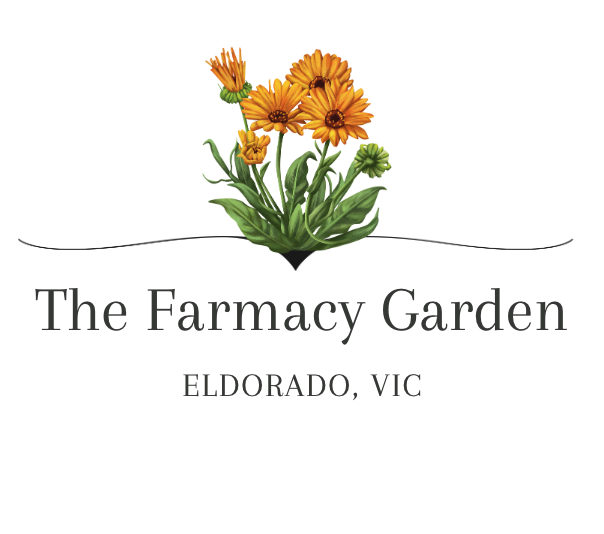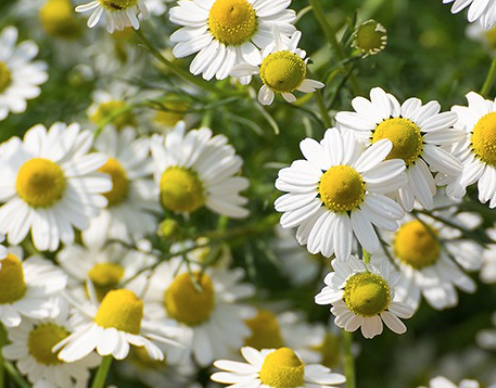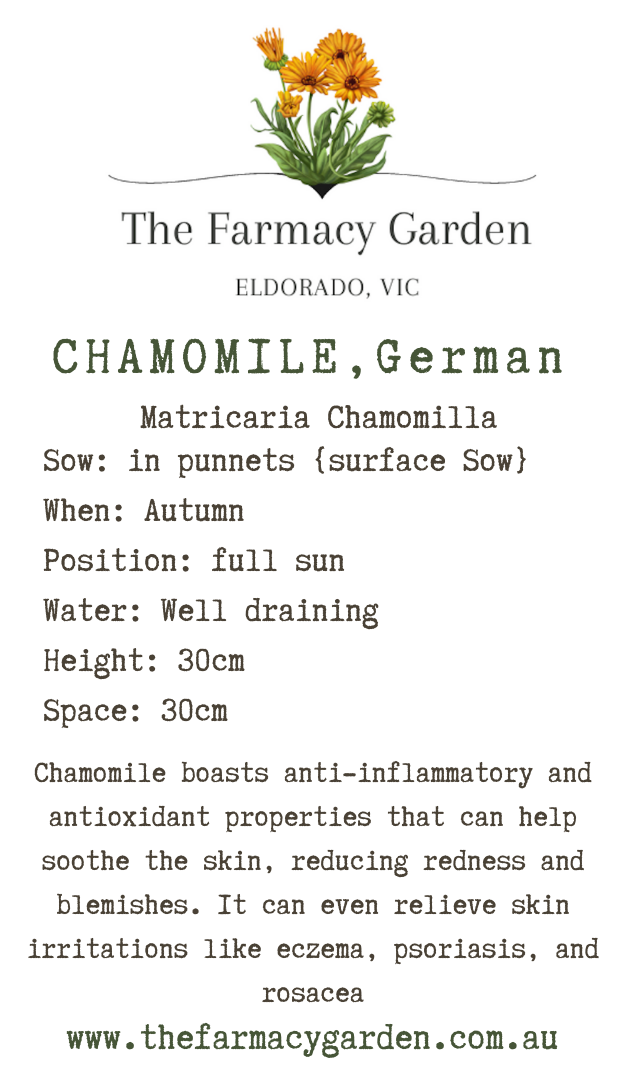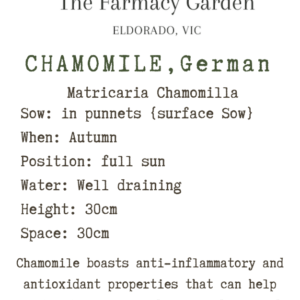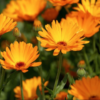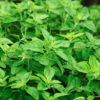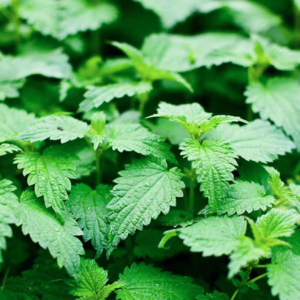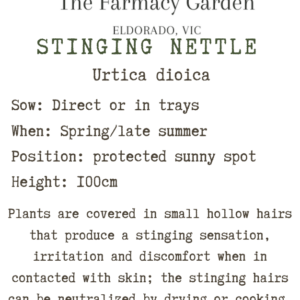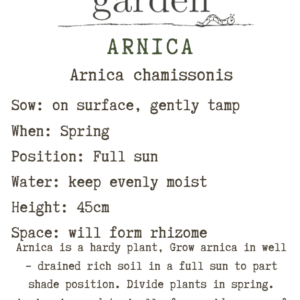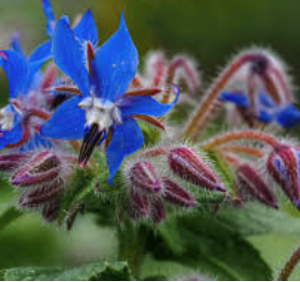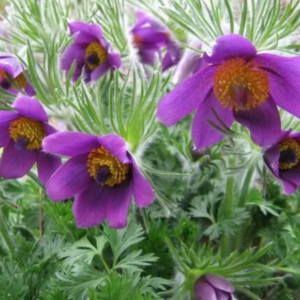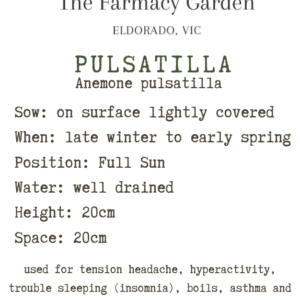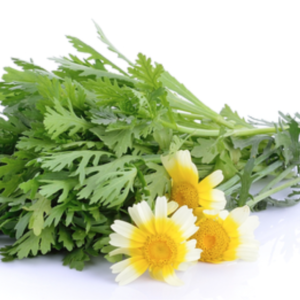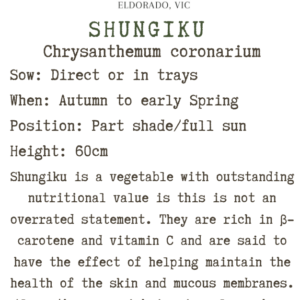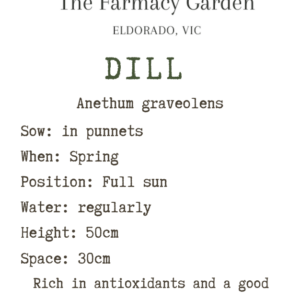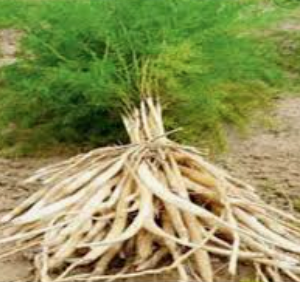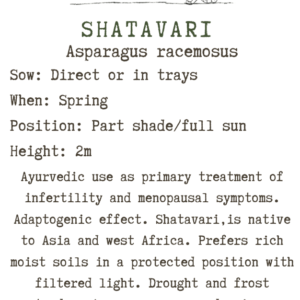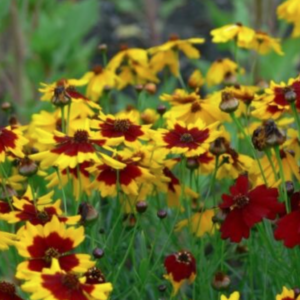Chamomile (German) Seeds, Matricaria chamomilla
$4.50
It is said that the Egyptians dedicated Chamomile to their sun god and valued it over all other herbs for its healing qualities. Due to its sedative and relaxing properties Chamomile was an ingredient in some love potions of the middle ages. Chamomile flowers are used in alternative medicine as an anodyne, anti-inflammatory, antispasmodic, nervine, stomachic, tonic, and vasodilator. The anti-inflammatory properties make it good for rheumatism, arthritis, and other painful swellings.
Chamomile (Matricaria chamomilla), also referred to sometimes as German chamomile, is an herb that it’s used to treat cough and bronchitis, fevers, cold, inflammation, infection, wounds, and burns.
German Chamomile (Herbaceous annual) grows outward and upward to height of approximately 60cm and produces the familiar small white flowers that are popular in herbal teas and medicine.
GROW: Chamomile is easy to start from seed. Start seeds indoors about six weeks before the last expected frost. Chamomile seeds need light to germinate, so scatter the seeds and press them firmly onto the soil, but do not cover the seeds with soil. Water regularly, and they should germinate in seven to 14 days. Chamomile is best started in mid-spring, indoors about 4-6 weeks before transplanting. Small seeds are light dependant germinators and should be tamped lightly into your medium, or covered lightly with a thin layer of soil (1/4″ or less) deep. To simulate natural cycles or warm and cool and promote germination, provide stratification by moving the seed flat from a warm location during the day to a cooler one at night, alternating between approximately 85 and 65 degrees F. Be sure to keep seeds moist during this period. Germination should take place within 10-14 days. Chamomile will self- sow once the plant goes to seed
HARVEST: To use them for medicinal purposes, wait until the flowers are in full bloom before harvesting. Paying close attention to the development stages of chamomile is a great visual guide for knowing when to harvest. When about two thirds of the little yellow tubular flowers at the centre of the flowerhead have blossomed, the chamomile flowers are ready to be harvested. From the time the entire flowerbud starts to open, it takes three to five days to reach this stage of development.
Chamomile flowers are best harvested around midday on a sunny day. This is when the flowers are most open and the essential oil content is at its highest.
Simply harvest the flowers by cutting them off at the stem just below the flowerhead. Take care to hold the chamomile flowers as gently as possible – handle them as little as possible during harvesting and never wash them afterwards. Any unnecessary stress to the flowers will have a negative effect on the valuable ingredients that make chamomile so beneficial.
For storage, it is important to dry the chamomile in a way that best preserves the herb’s beneficial ingredients. To achieve this, dry the flowers of the German chamomile straight after harvesting in a dry, dark room at temperatures of 21 to 27 °C. With these conditions, the drying time is about two weeks. For those who want to speed up the drying process (for example, in the oven), it is recommended to use a low temperature − around 30 °C. Drying out the chamomile at higher temperatures can degrade the medicinal substances of the chamomile. If using an oven, it is important to allow the moisture to escape and to prevent it from getting too hot − a wooden spoon to prop open the oven door should do the trick. Dried gently and correctly, the chamomile flowers can be stored in an airtight container for up to a year without losing effectiveness.
USE: It is said that the Egyptians dedicated Chamomile to their sun god and valued it over all other herbs for its healing qualities. Due to its sedative and relaxing properties Chamomile was an ingredient in some love potions of the middle ages. Chamomile flowers are used in alternative medicine as an anodyne, anti-inflammatory, antispasmodic, nervine, stomachic, tonic, and vasodilator. The anti-inflammatory properties make it good for rheumatism, arthritis, and other painful swellings.
NOTE: German chamomile (Matricaria chamomilla) is an annual, so will naturally die back after flowering, having set seed which will grow the following year while Roman chamomile (Chamaemelum nobile) is a perennial, so will happily grow back year after year
Related products
Medicinal Herb Seeds
Flower Seeds
Flower Seeds
Flower Seeds
Flower Seeds
